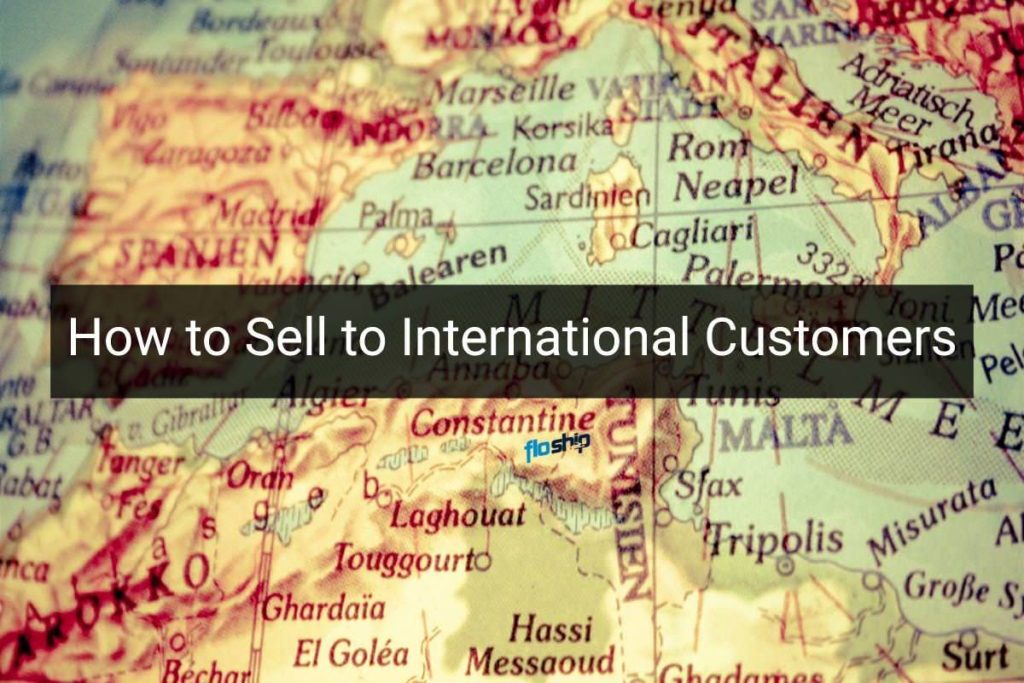Thanks to the Internet, selling to an international clientele is easier and more accessible than ever.
Wherever your business is located, you can access a worldwide audience.
However, there are particular factors to consider when designing your online store if you want to attract international customers and build up a good trading relationship.
Cross-Cultural Competency
Clearly, you need to consider cultural differences.
Research the countries you will be targeting, and compare the differences to your home nation’s norms differ regarding various age groups, genders, and geographical regions.
Let your brand’s message take these differences into account.
If you want a deep dive into cross-cultural competence, you’ll want to watch the below video featuring Richard Donald Lewis– Britain’s foremost linguist, cross-cultural communication consultant, and author
Understand Regional Laws
In some parts of the world, you may need approval or special licenses from local or national legislators.
Observe any rules and regulations regarding sales promotions, contests, packaging and labelling.
Consider hiring a local expert to guide you through the legal framework of your target country.
Customize Search Engine Marketing
When you advertise internationally, you need to choose the right search engines, localize your promotional content and choose native language keywords.
Google, Yahoo & Bing are the preferred search engines in the United States, for example, but you should check out local search engines for the countries you sell to. For example Baidu in China and Yandex in Russia.
The true meaning of a product may get lost in translation if you simply translate your website word-for-word.
Localize the product, service and advertising slant for each market you serve.
Work with native speakers to identify appropriate keywords for your product or service.
Optimize Site Design
Your website design should be appropriate for the country you are targeting.
Remember that certain colors have different meanings in various cultures.
For example, in China, red is a symbol of good luck and celebration but in South Africa, it is the color of mourning.
Incorporate a currency conversion tool into your website, so visitors can work out how much your products or services cost in local currency.
Content Delivery Network (CDN) is a collection of global servers which can speed up the load time of your website, so consider using their service.

Adapt Social Media for Various Languages
Should you create one Facebook page for your business or several?
With a single page, you can target updates by location, demographics and language.
However, you could confuse followers by posting updates in several languages.
With multiple pages, each page can be targeted locally, but you will need separate posts for each one. Create a separate Twitter account for each language.
On YouTube, the best way to create a video for international audiences is to use sub-titles.
When you take into account cultural differences and regional legislation, as well as targeting your website, social media campaigns and SEO practices towards international customers, you should be able to build up a thriving international business.
Start small and concentrate on selling efficiently to one foreign country before trying to go global.
It takes time, effort and patience to build up a thriving international trade, but if you do it right, it can be very rewarding.

More International Ecommerce Sales Help
- Why Your Regulations Need to Be Current For International Shipping
- Cracking The Harmonized System Code: Product Classification for International Shipping
- Pros and Cons of Accepting Bitcoin as a Payment Method
- International Shipping Challenges and YOUR Global Store

Ready To Upgrade Your Logistic Solution?
Speak to Floship ecommerce logistic consultant about improving your global support chain today





